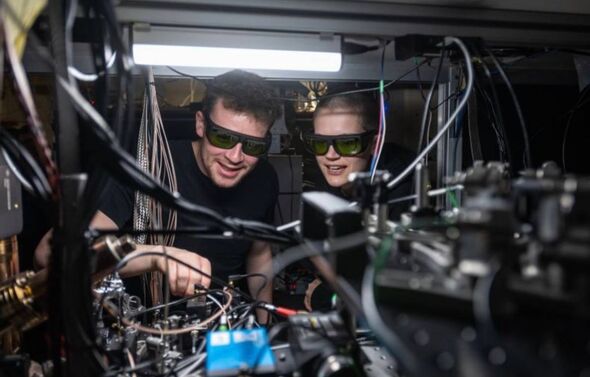- In 1993, Physicist Charles Bennett and a team of IBM researchers discovered that quantum teleportation was possible if the object being teleported was destroyed.
As a sci-fi fan, you may have always wanted to teleport, just like the characters. But do you know, in 20 years or so, you might be able to do that?
British scientists from the University of Oxford have discovered this following their latest innovation. These scientists have built a scalable quantum supercomputer capable of quantum teleportation, a significant breakthrough in quantum computing.
The findings in the journal Nature, published on February 5, 2025, reveal that this technology may also make quantum computers potentially more potent than today’s supercomputers, which use conventional computing technology.
The researchers say quantum technology can solve problems way better than traditional computers.
In fiction, teleportation is compared to time travel, where matter is transferred from one point to another hypothetically without transversing the physical space between them. Quantum teleportation is a mode of transferring quantum information from one location to some distance away.
Read More
But how and when did humans discover that teleportation was possible? In 1993, Physicist Charles Bennett and a team of International Business Machines Corporation (IBM) researchers discovered that quantum teleportation was possible if the object being teleported was destroyed.
Bennet announced his findings on March 29, 1993, in the issue of Physical Review Letters. Since then, numerous experiments have proven that teleportation might soon be a significant form of transportation.












